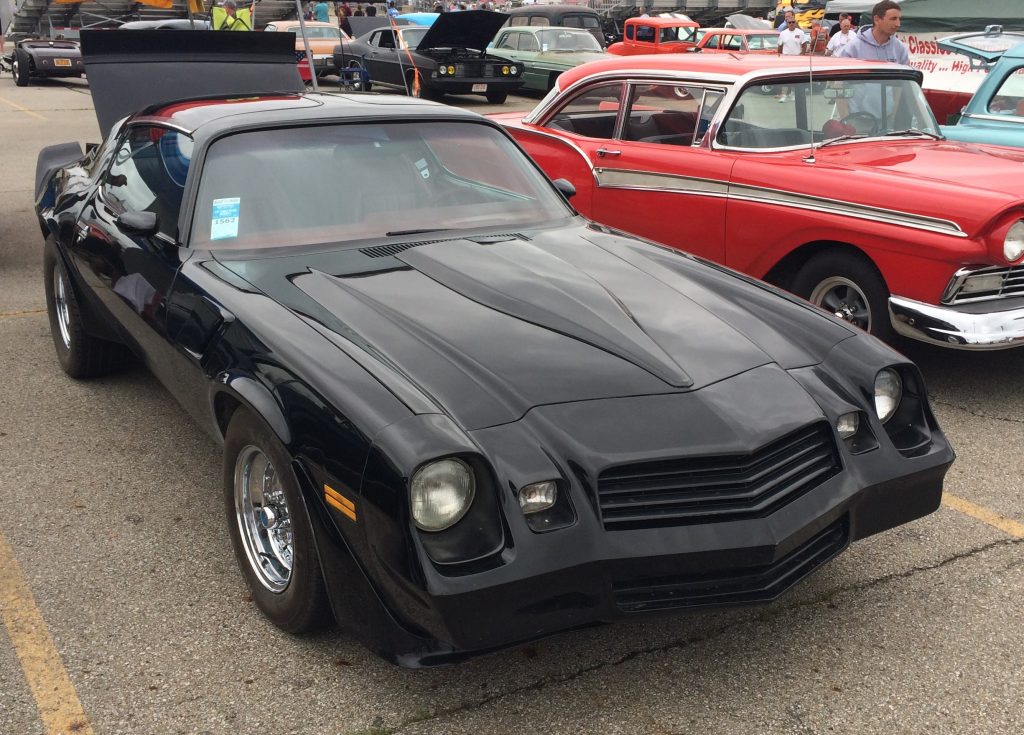Q: My daily driver is a second-gen Z28 Camaro.
It has a 383 engine (3.75-inch stroke crank, 5.7-inch rods) and is externally balanced with a 400 balancer and flexplate. It also has a 220/228 cam (@ .050) and stock 64cc heads. It’s close to 10:1 compression. I do race with it occasionally in the summertime.
My question concerns the bottom end.
I was told by a highly regarded machinist that, because my bottom end is externally balanced with a fairly weak cast crank, I should avoid revving my engine above 5,000 rpm to prevent stress fractures between the #1 main journal and the counterweighted balancer.
Is this true? If not, what would be a suitable redline for my application?
A: While we can understand the concern, many production engines were equipped with cast cranks and very rarely experience problems as a direct result. The internal properties of the cast iron crank allow it to be somewhat forgiving.
Assuming your engine has been balanced properly, and barring any product defects, you should have no problems revving above 5,000 rpm.
The rpm range of your cam extends to 5,500 rpm, but the combination of cam, heads, induction, exhaust, and timing will ultimately determine where your engine stops making power.
…


I highly recommend using AMSOIL ZROD moter oil. Check the website and specifications of the oil.